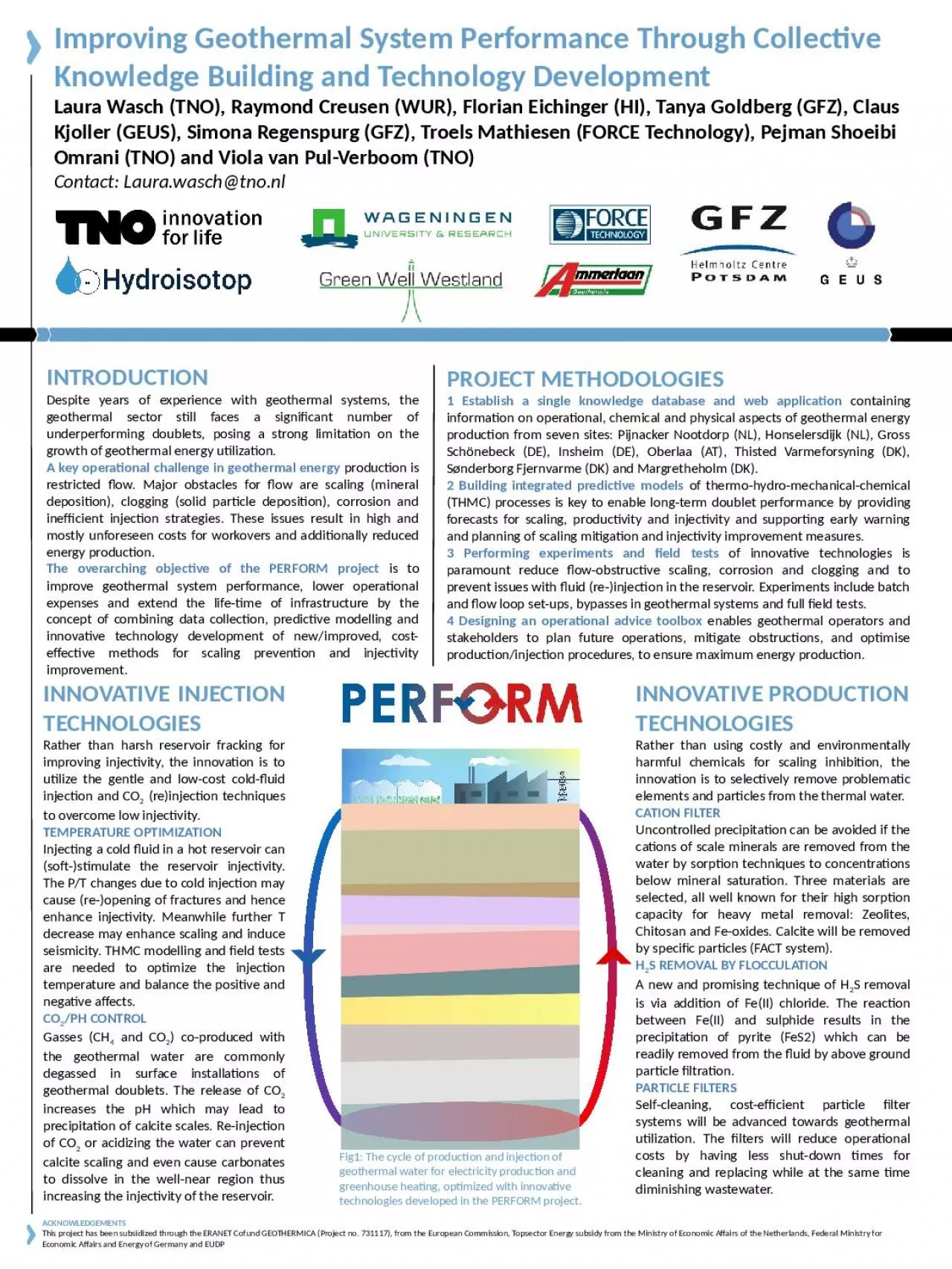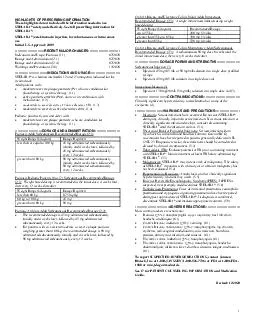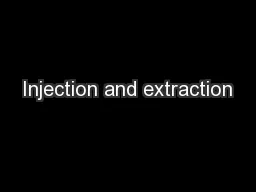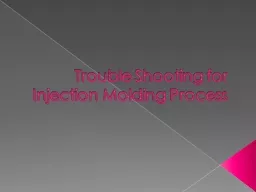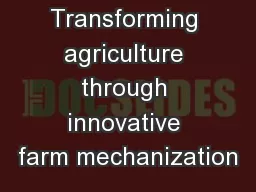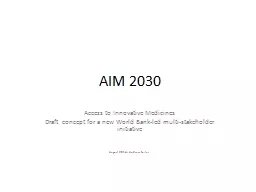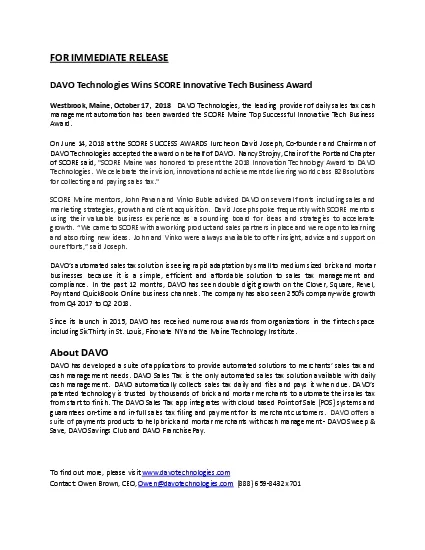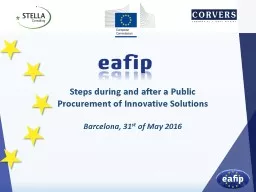PPT-INNOVATIVE INJECTION TECHNOLOGIES
Author : natalie | Published Date : 2023-10-04
Rather than harsh reservoir fracking for improving injectivity the innovation is to utilize the gentle and lowcost coldfluid injection and CO 2 reinjection techniques
Presentation Embed Code
Download Presentation
Download Presentation The PPT/PDF document "INNOVATIVE INJECTION TECHNOLOGIES" is the property of its rightful owner. Permission is granted to download and print the materials on this website for personal, non-commercial use only, and to display it on your personal computer provided you do not modify the materials and that you retain all copyright notices contained in the materials. By downloading content from our website, you accept the terms of this agreement.
INNOVATIVE INJECTION TECHNOLOGIES: Transcript
Download Rules Of Document
"INNOVATIVE INJECTION TECHNOLOGIES"The content belongs to its owner. You may download and print it for personal use, without modification, and keep all copyright notices. By downloading, you agree to these terms.
Related Documents

